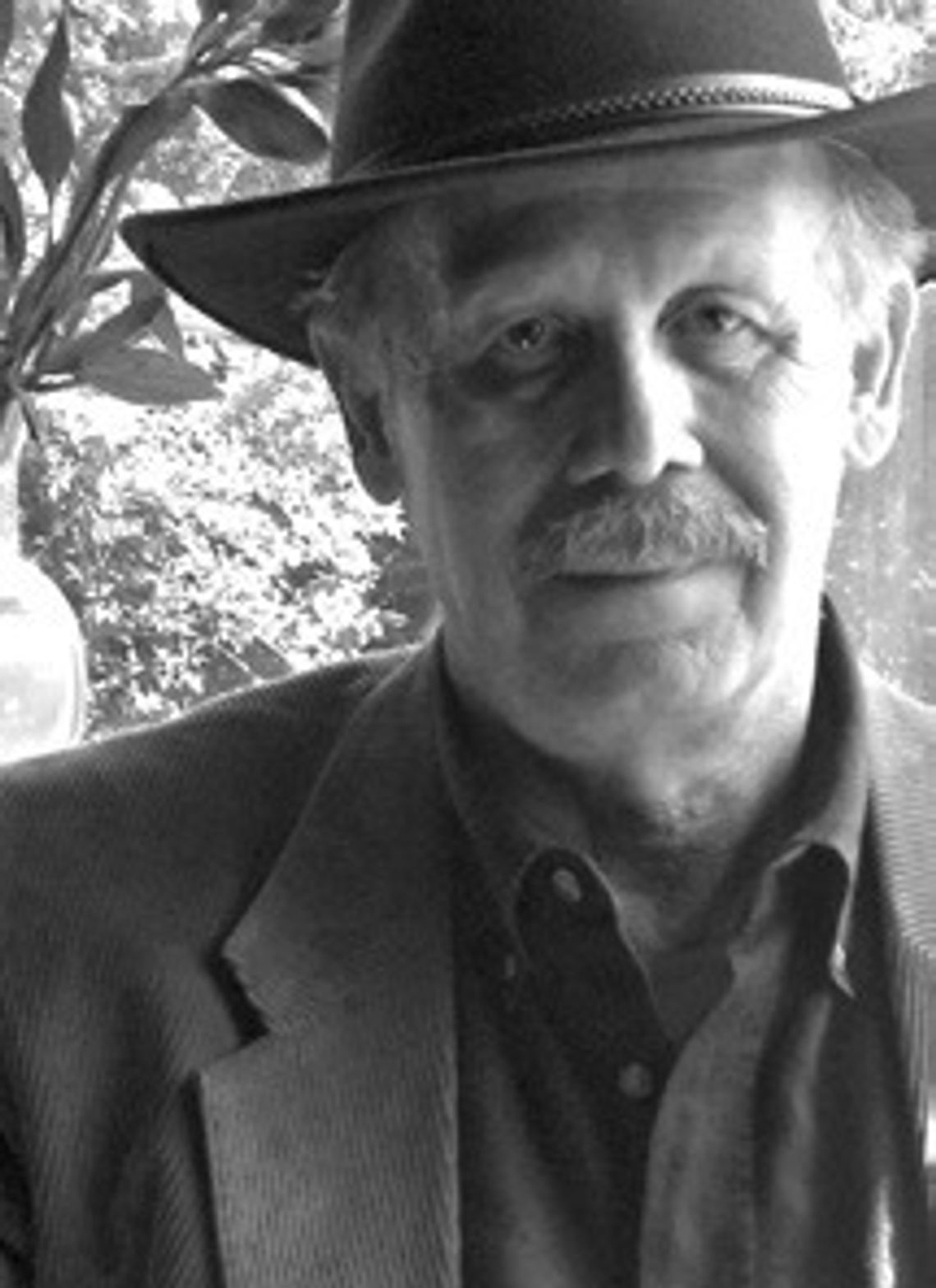From Germany on Jun. 19, 1945, Lt. Joe Tom Meador wrote to the folks back home in Whitewright, Texas to ask “if my packages are getting home.”
Two months earlier almost to the day, the 87th Armored Field Artillery occupied the medieval town of Quedlinburg 100 miles southwest of Berlin in the last weeks of the Second World War. During a routine search, “an intoxicated soldier,” according to the official Army history, stumbled across “valuables, art treasures, precious gems and records of all sorts” in a mine shaft outside of town.
The priceless items, revered for their historical significance as much as their beauty, included the Samuhel Gospel, an illuminated Latin manuscript from the ninth century with a jewel-studded cover; the Evangelistar, a printed manuscript with jeweled cover dating back to 1513, and personal possessions of the first Saxon king who united the German states in the 900’s.
For centuries the Lutheran church had been the depository for this treasure trove, and neither Napoleon nor even the Nazis got their hands on it. Anticipating the chaos and looting certain to accompany the collapse of the Third Reich, the Quedlinburg “hoard” was secretly hidden in an abandoned mine shaft.
The officer in charge of the unit assigned to guard this incredible find was a 29 year old first lieutenant from a small Texas community north of Dallas and a stone’s throw from the Red River. An art major in his college days at North Texas State, Joe Tom Meador knew just enough about the Middle Ages to recognize a golden opportunity when he saw it.
Not long after Lt. Meador and his men moved on, church officials learned to their horror that the most valuable artifacts were missing. They filed a complaint with the U.S. Army, which began a slow-motion investigation that ended in 1949 when Quedlinburg vanished behind the Iron Curtain.
Meador was discharged in 1946 but not before facing a court-martial for stealing silverware from a Bavarian castle. He taught school for awhile in New London until his father took sick, and he had to go home to help his brother Jack run the family business.
For the next three decades, Joe Tom led a double life. Five days a week, he could be found behind the counter of the hardware store or in his backyard tending his prize-winning orchids. His weekends were spent in the gay district of Dallas, where he invited younger men to his apartment to see his eye-popping souvenirs from the war.
Prostate cancer cut short Joe Tom Meador’s masquerade in 1980. In his will he left everything to his brother Jack and sister Jane, wife of a Mesquite dentist. There was no mention of the German loot, but that was okay. They knew where to find it.
Joe Tom had never parted with a single piece of the Quedlinburg spoils. For him money was no substitute for the pleasure of possessing the wonderful works of art. That was not the case with his greedy siblings, who wanted to cash in on their illegal inheritance.
It is not clear whether Jack and Jane understood they were committing a crime by trying to profit from their dead brother’s plunder. That is, not until they approached a Dallas appraiser in 1983.
“I could immediately see that the box contained very fine and rare manuscripts in jeweled bindings,” the appraiser later recalled. Angered by the careless way they had been handled, he “scolded (the Meadors) for treating such objects as if they were last year’s telephone directories.”
Brushing aside the criticism, the man and woman asked how much the two pieces were worth. Millions, the appraiser answered, but that did not matter since any attempt to sell them would amount to trafficking in stolen art.
Subsequent events showed the Meadors were willing to risk arrest and possible imprisonment if the payoff was big enough. Three million dollars sounded about right because that was what they sold the Samuhel Gospel for on the black market in 1990.
Apparently Jack and Jane never imagined the illicit sale would put a German bloodhound on their trail. In a matter of months, the art detective fingered Lt. Joe Tom Meador as the thief and his brother and sister as accessories after the fact. He even bluffed the president of the Whitewright bank into confirming the rest of the Quedlinburg “hoard” was in his vault.
The sole concern of the German government was the return of the national art treasures, a slow process that took several decades, but Washington insisted upon putting the Meadors behind bars. When a federal judge in Sherman threw out the indictment on a technicality, the IRS took its best shot.
While the case was front-page news, the Meadors’ most ardent defender was a columnist with the Fort Worth Star-Telegram. He bought Jack Meador’s story that Joe Tom found the Quedlinburg treasures “in the gutter” and kept them out of Russian hands.
Then out of the blue in 2000, the IRS agreed to let Jack and Jane Meador settle a $10.7 million tax bill for a measly $135,000. Neither one spent the night in jail before dying six weeks apart in 2003.
“Murder Most Texan” is a must read for fans of true crime and Texas history. Order your copy for $24.00 by mailing a check to Bartee Haile, P.O. Box 130011, Spring, TX 77393.










